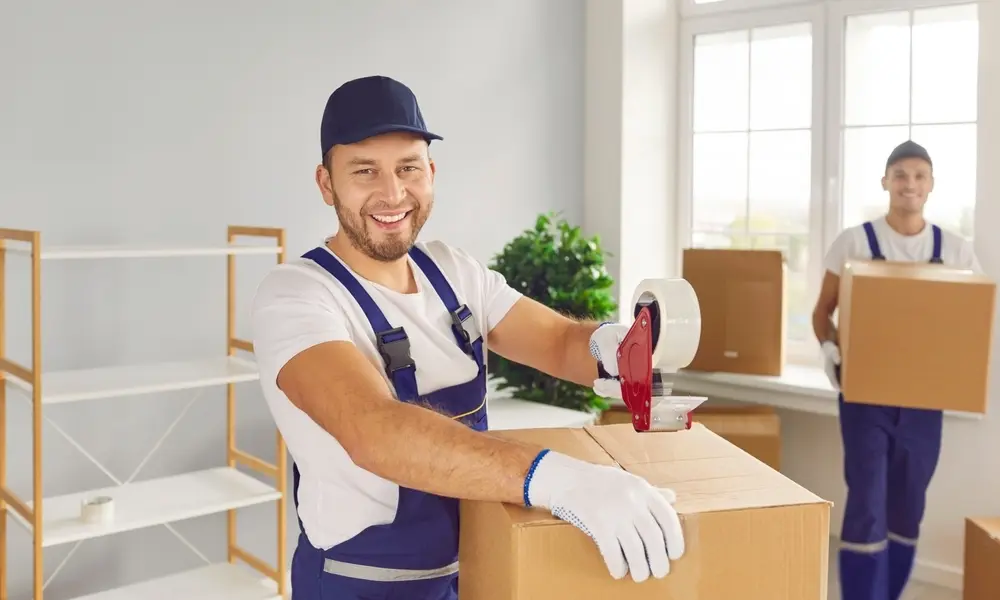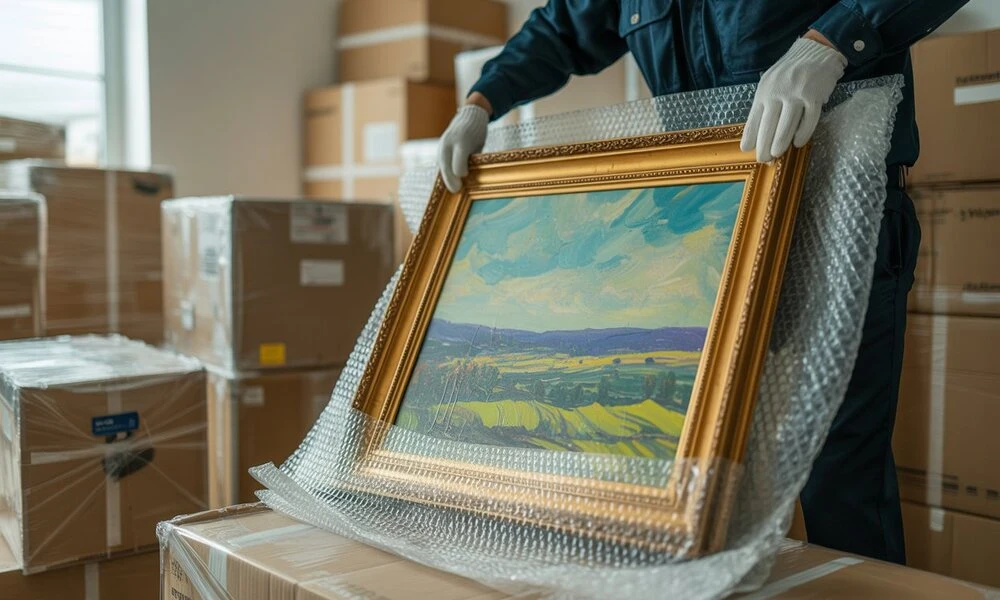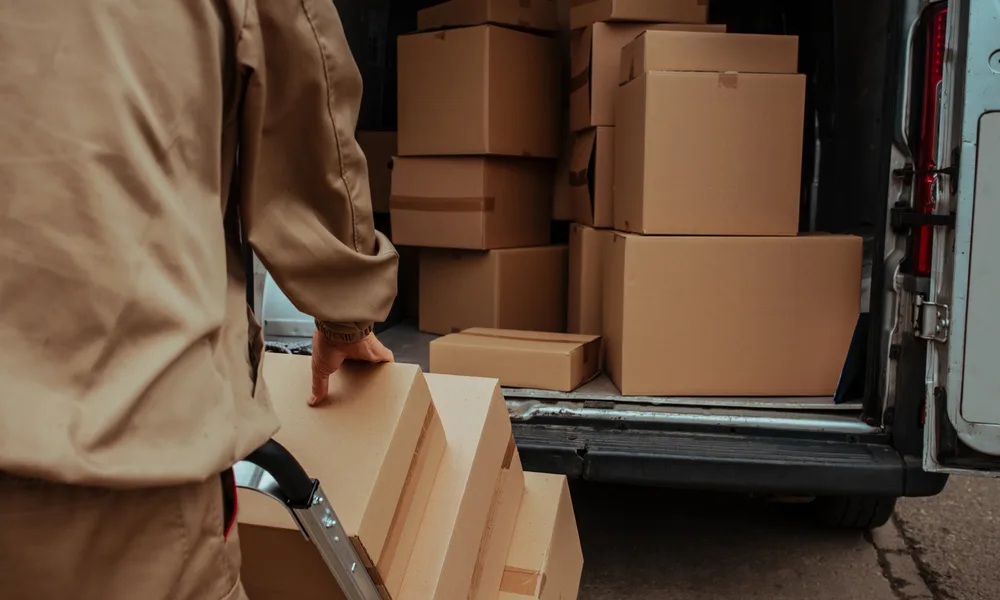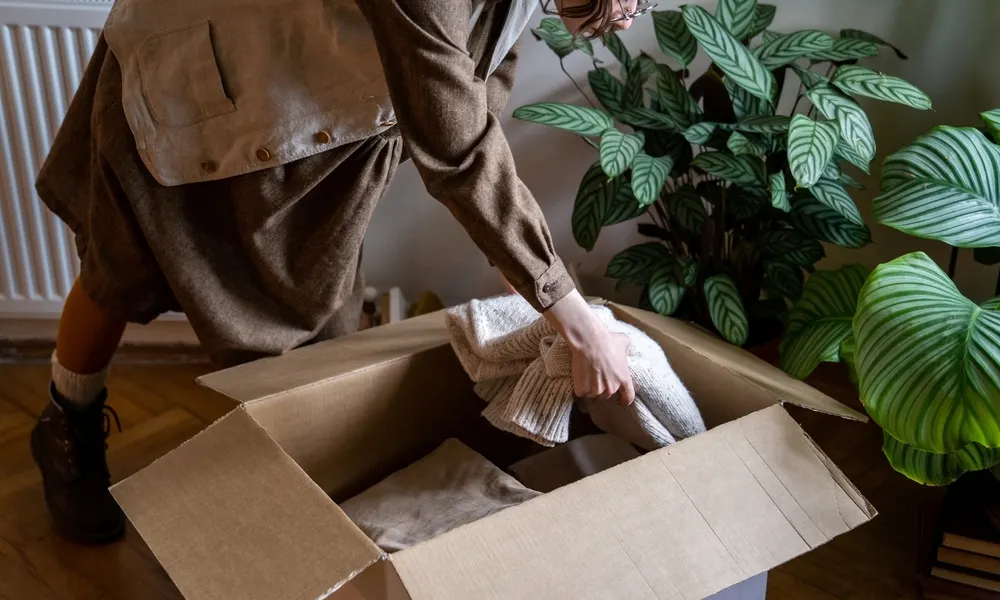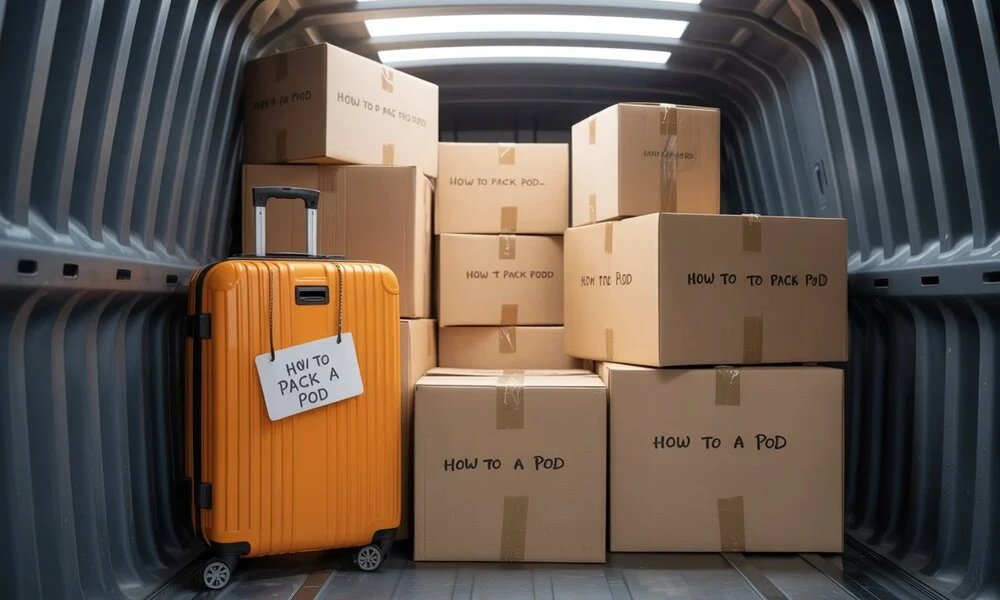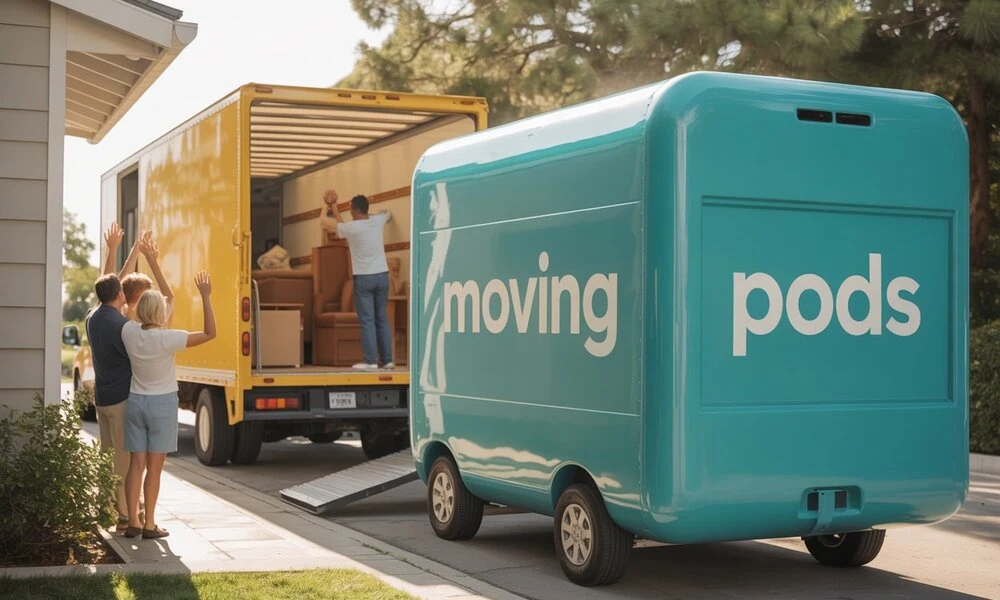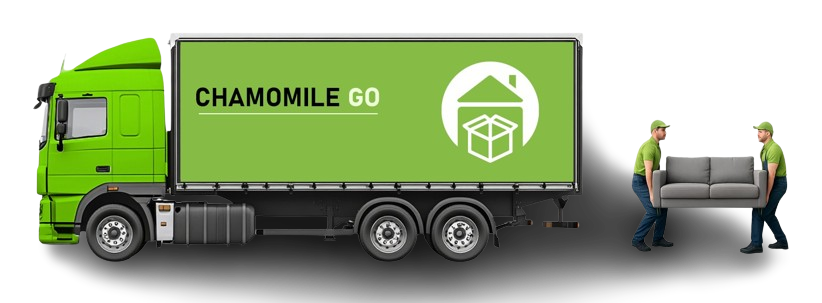How Long Does It Take To Move
How long does it take to move? That’s a common question with more than one answer. The moving time depends on a mix of factors like the size of your home, distance to the new location, how prepared you are, and whether you’re hiring professional movers or doing it yourself. Each situation is different, and so is the moving duration. In this guide, we’ll break down how long moving takes based on home size—from studio apartments to large houses. You’ll also see side-by-side comparisons between DIY moves and hiring moving companies, so you can plan your time and energy wisely. Whether you’re just curious or need to schedule your moving hours accurately, this article covers all the must-know details to help you move smoothly and on time. What Affects the Time It Takes to Move? When planning a move, one of the most common questions people ask is, “How long will the move take?” The truth is, moving time can vary greatly depending on several key factors. Whether you’re planning a local move in Los Angeles or a long-distance relocation, understanding what influences your moving hours can help you prepare better and avoid surprises on moving day. 1. Size of the Home or Apartment The bigger the home, the more time it usually takes to move. A studio apartment might take just 2–4 moving hours, while a 4-bedroom house can take 8+ hours or more. More rooms mean more furniture, boxes, and items to load and unload. 2. Distance of the Move (Local vs. Long-Distance) Local moves generally take less time, especially if you’re moving within the same city like Pasadena, Sherman Oaks, or Beverly Hills. However, long-distance moves involve more logistics, travel time, and sometimes overnight stays, which can increase overall moving time by a day or more. 3. Number of Movers The number of movers handling your relocation plays a big role in determining total moving hours. For example, two movers might need 6 hours for a job, while four movers could complete the same move in 3–4 hours. More hands mean faster loading, unloading, and setup. 4. Packing Status (Packed vs. Unpacked) If everything is packed and ready to go, your move will move much faster. However, if boxes aren’t sealed, items are still in drawers, or fragile belongings need extra care, expect longer moving time. Being fully packed in advance is one of the best ways to save time on moving day. 5. Accessibility (Stairs, Elevators, and Parking) Easy access can make a big difference. If movers have to walk long distances, climb stairs, wait for elevators, or deal with tight parking situations, it adds more time. Inform your movers ahead of time about the layout of your location so they can plan efficiently and keep moving hours under control. 6. Weather and Traffic Conditions Unpredictable weather and Los Angeles traffic are two major wild cards. Rain, extreme heat, or heavy traffic during rush hour can all slow things down. Movers work cautiously during bad weather to protect your belongings, and road delays can increase your total moving time unexpectedly. Need Fast and Reliable Help with Your Move? If you’re looking for trustworthy, time-efficient moving services in Sherman Oaks, Chamomile Go is here to help. We offer professional local and long-distance moving tailored to your schedule. Whether you’re moving a small apartment or a large home, our experienced team ensures your move is done right—and right on time. Book your move today with Chamomile Go and let us make your move smooth, simple, and stress-free. How Long Do Movers Take? One of the biggest concerns during a move is understanding how long the entire process will take. If you’re planning a move within Los Angeles or nearby areas like Sherman Oaks, Pasadena, or Culver City, it’s helpful to know the average duration professional movers need—and what factors influence that time. Let’s break it down clearly so you know what to expect on moving day. Average Duration Professional Movers Need Depending on the size of the move, movers typically take the following amount of time: Studio/1-bedroom apartment: 2–4 hours 2-bedroom home: 4–6 hours 3-bedroom home: 6–8 hours Larger homes (4+ bedrooms): 8+ hours or even a full day These are estimates and assume normal conditions. Every move is unique, so your actual moving hours may vary. How Experience and Number of Movers Impact Time The experience level of the movers plays a huge role. Skilled, trained movers work faster, pack more efficiently, and avoid common slowdowns.Also, the number of movers assigned to your move affects the overall moving time: 2 movers = longer duration 3–4 movers = faster and smoother move Hiring more experienced professionals usually means a shorter, more efficient moving process—even if the job seems complex. Benefits of Hiring Professional Movers When you hire professional movers, you’re not just paying for muscle—you’re investing in efficiency, speed, and expert planning. Here’s what that includes: Strategic loading and unloading to minimize wasted time Safe handling of fragile and heavy items Optimized use of truck space (fewer trips = less time) Less stress for you = more energy for unpacking and settling in With pros, your moving time is more predictable and usually shorter than if you handled it solo. Common Delays Movers May Face Even with the best planning, some factors can slow down the move: Traffic delays in busy areas like Los Angeles or Santa Monica Weather conditions (rain, heatwaves, or wind) Packing not being finished when movers arrive Limited access to the property (tight hallways, no elevator, distant parking) Last-minute changes in the move plan Understanding these potential delays helps you better prepare and reduce your actual moving hours. You may read about How Much Do Movers Cost For A One Bedroom Apartment. Moving a Small/Studio Apartment When it comes to moving a small or studio apartment, many assume the process will be quick and simple—and it often is. But the actual moving time still depends on how prepared you are, how many movers
